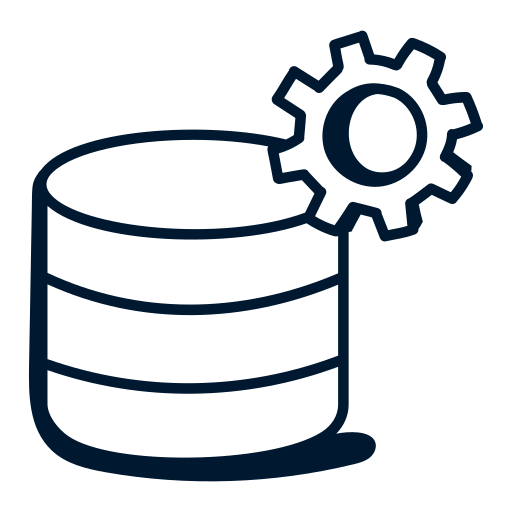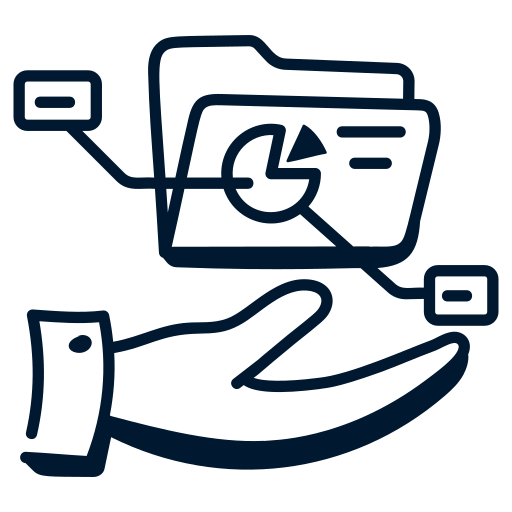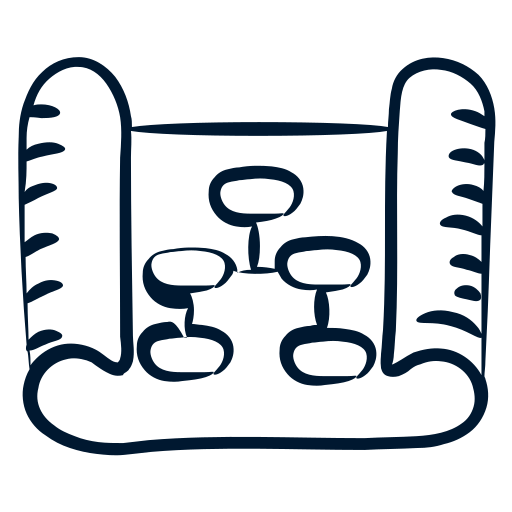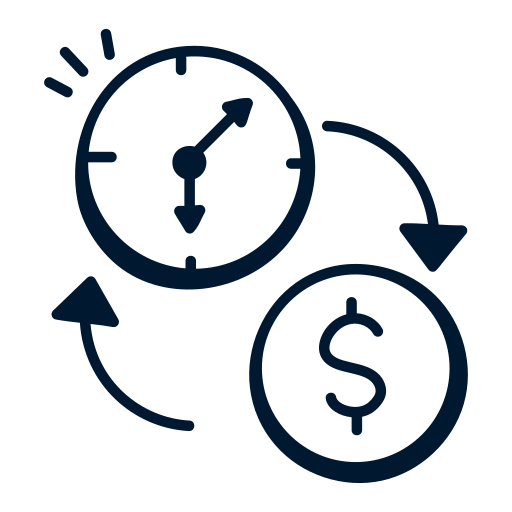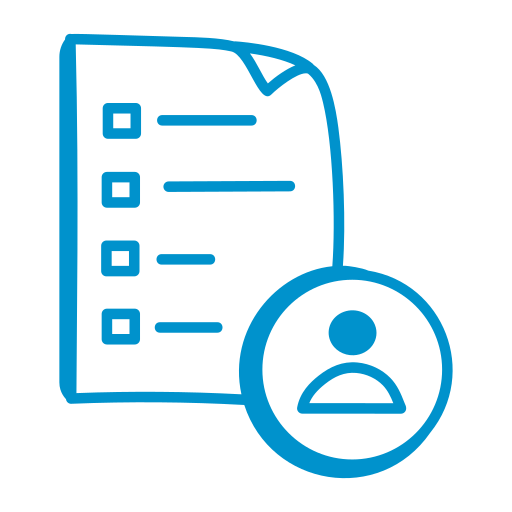Ultimate Platform to Elevate your IT Service Management
Experience enhanced IT services through a seamless interface, scalable design, and AI-driven innovation!

Company & Contract Management
Service Catalog
Service Request & Request Fullfilment
Incident Management
Event Management
Request Management
Problem Management
Change Management
Risk Management
Inventory Management
Configuration Management Database
Knowledge Management
Service Level Agreement (SLA)
Project Management
Time Tracking and Financial Management
Reporting Engine
Mobile Application
Announcements
Reporting Engine
Mobile Application
Shift management
Survey Management
Announcements
Shift management
Survey Management
Meet ODI, and let your mind be at ease!
Meet your digital monitoring team ODI for 24/7 end-to-end proactive observability, rapid detection, automatic resolution and L1 & L2 support. Combining Monitoring and Resolution processes with AI-supported work discipline, ODYA Automated NOC supports your business continuity.
ODYA Automated NOC
Constantly monitors the network and systems, automatically detects and resolves problems.
Detects anomalies in the systems, creates alarms and notifies the relevant teams.
Monitors the effects of changes and automatically makes evaluations.
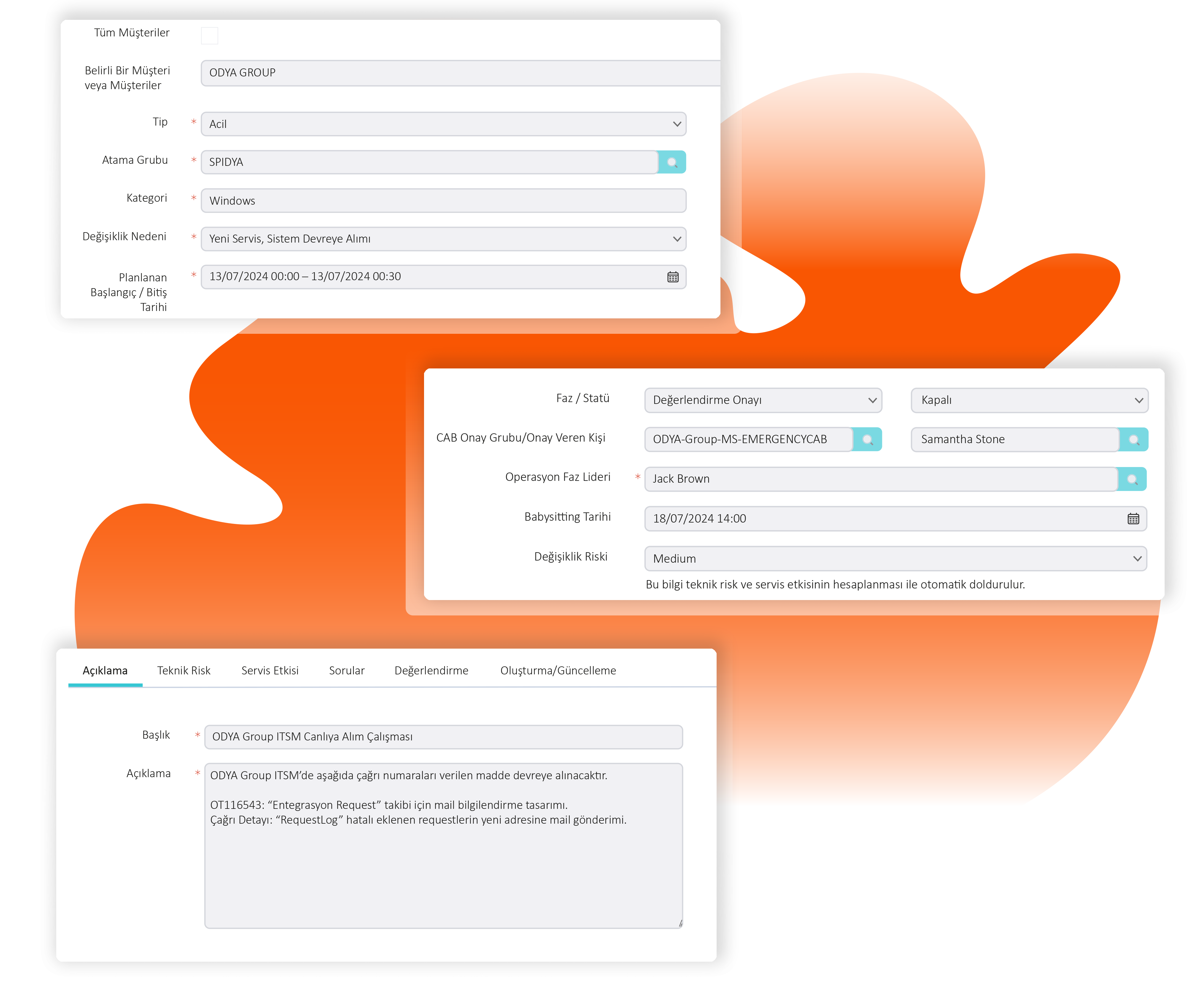
Change Management
Plan, implement, monitor, and document changes in your IT infrastructure or services. With Change Management, minimize the risks that could negatively impact service quality, system integrity, or business continuity.
CI Relation
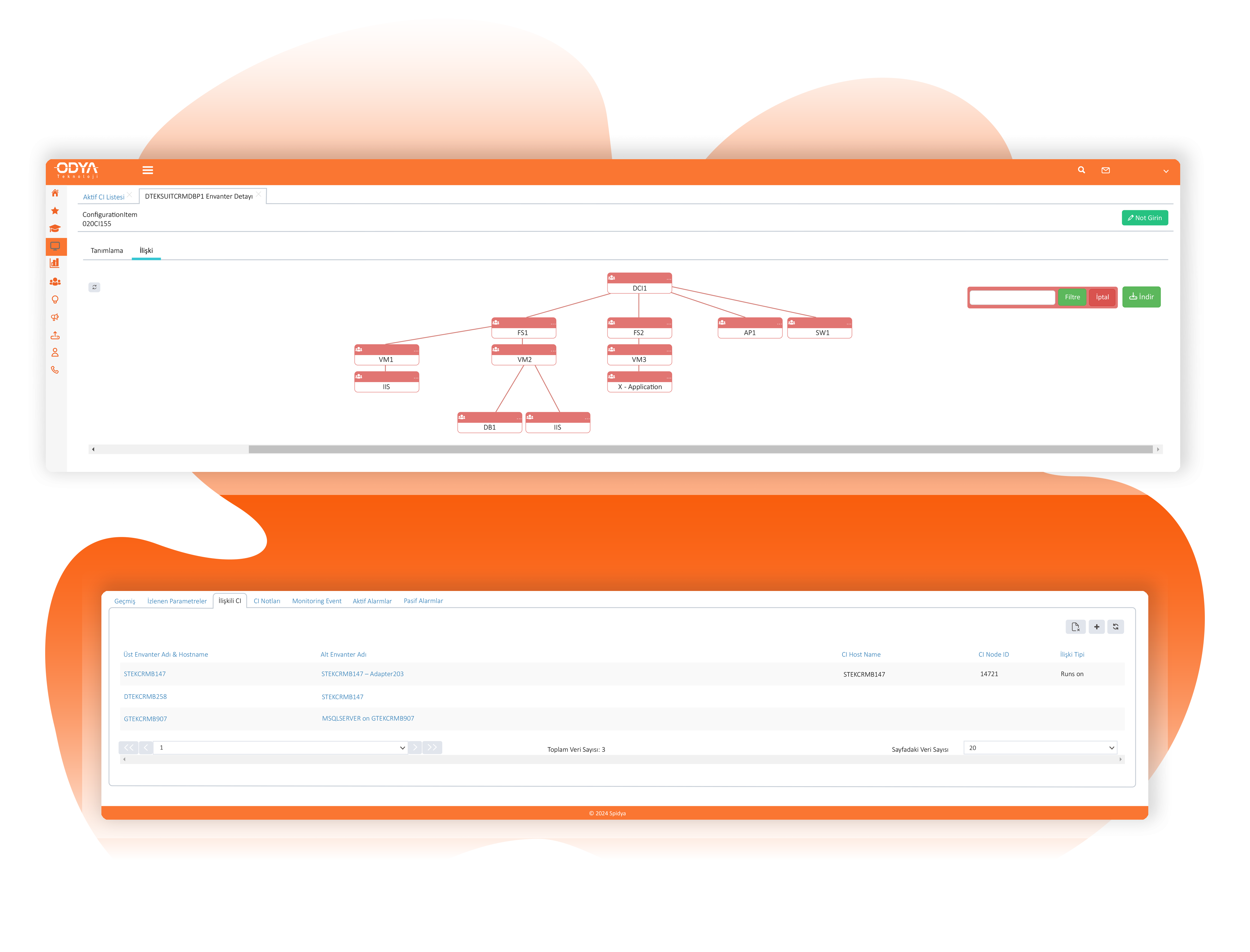




CI Relation
Uncover which components are critical for IT services by revealing the relationships between CIs. When one CI fails or changes, anticipate its impact on other CIs and services, ensuring effective service management.




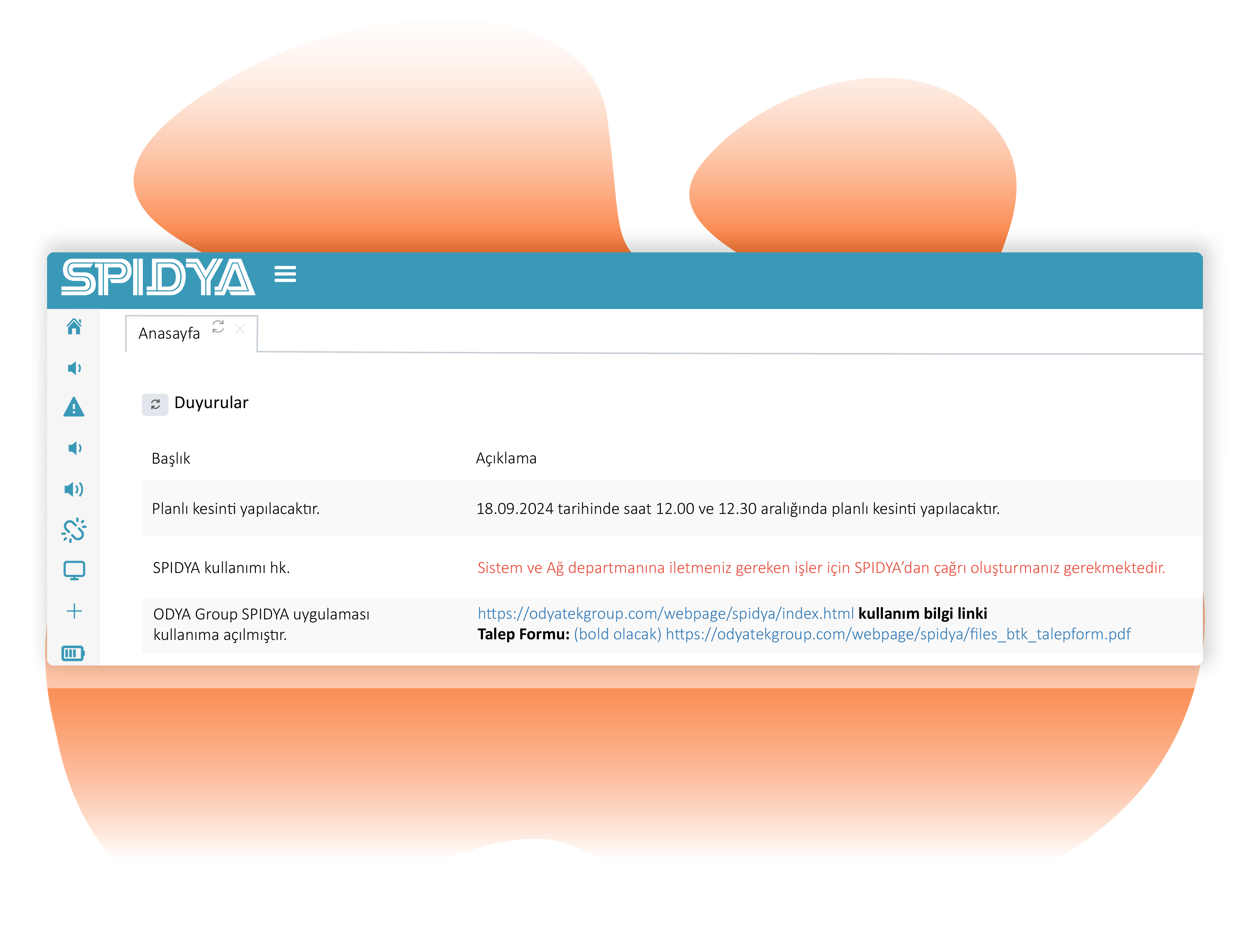

Announcement
Keep users informed in advance about potential issues or disruptions, helping them stay prepared and minimize possible business losses. By providing prior notice of service outages or maintenance activities, assist users in finding alternative solutions and planning their work accordingly.
Service Catalog
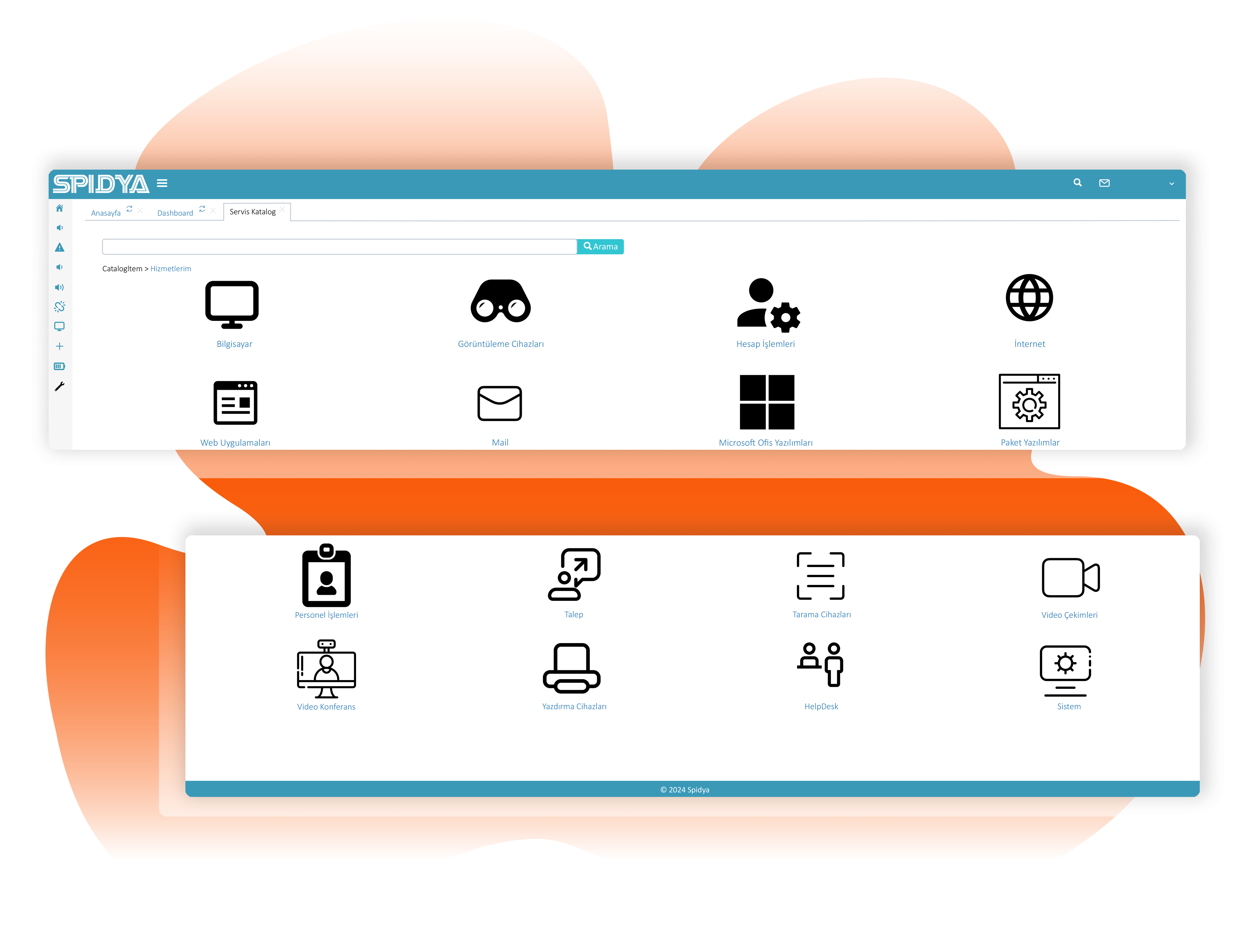







Service Catalog
Share information about available services and access methods with users in a centralized location accessible to all. Ensure that users can quickly and easily access the information they need.




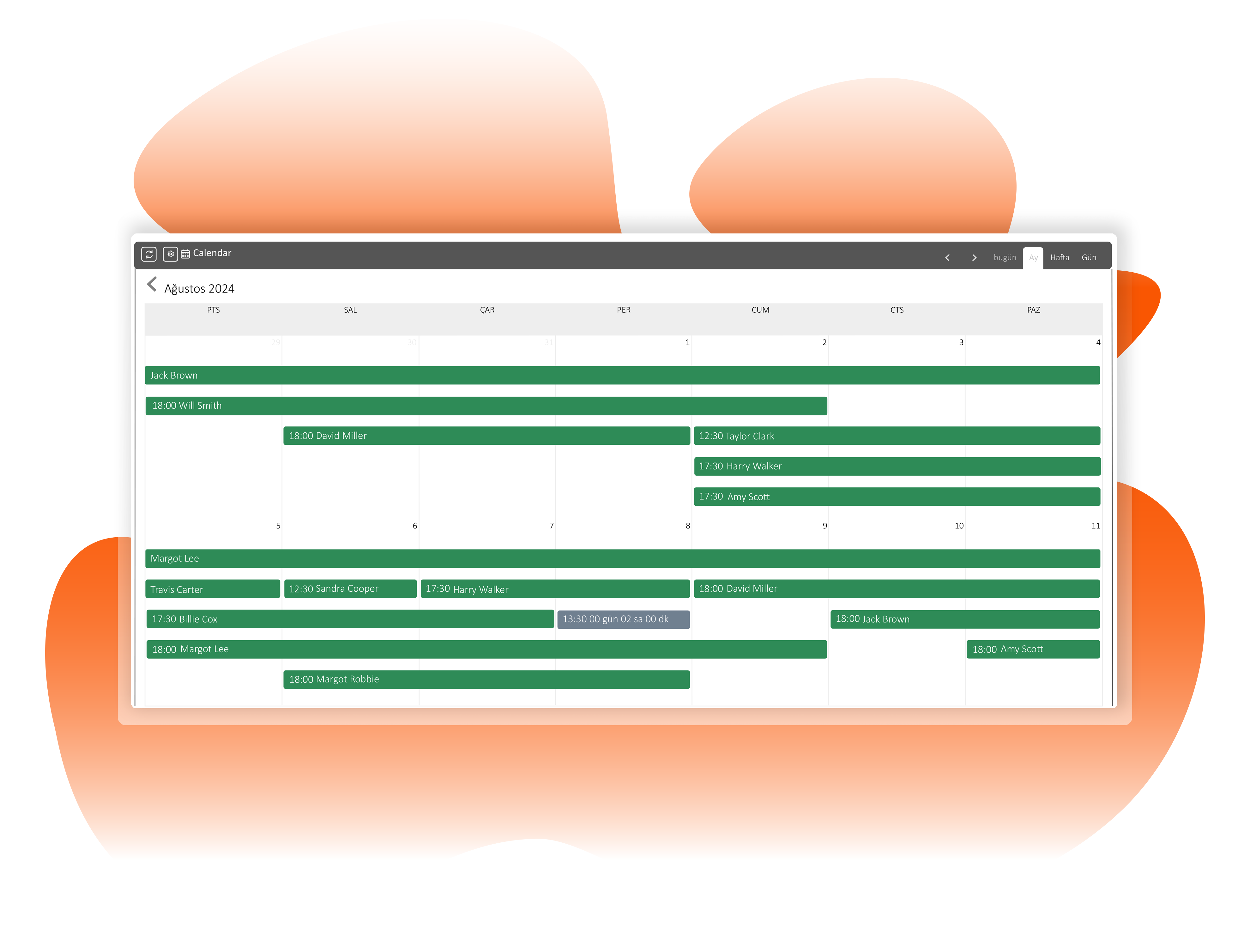

Calendar
Leverage a critical tool for the planning, coordination, and monitoring of IT service management processes. With the calendar feature, ensure that both IT teams and users are informed about specific processes, events, and important dates.
NOC Interface
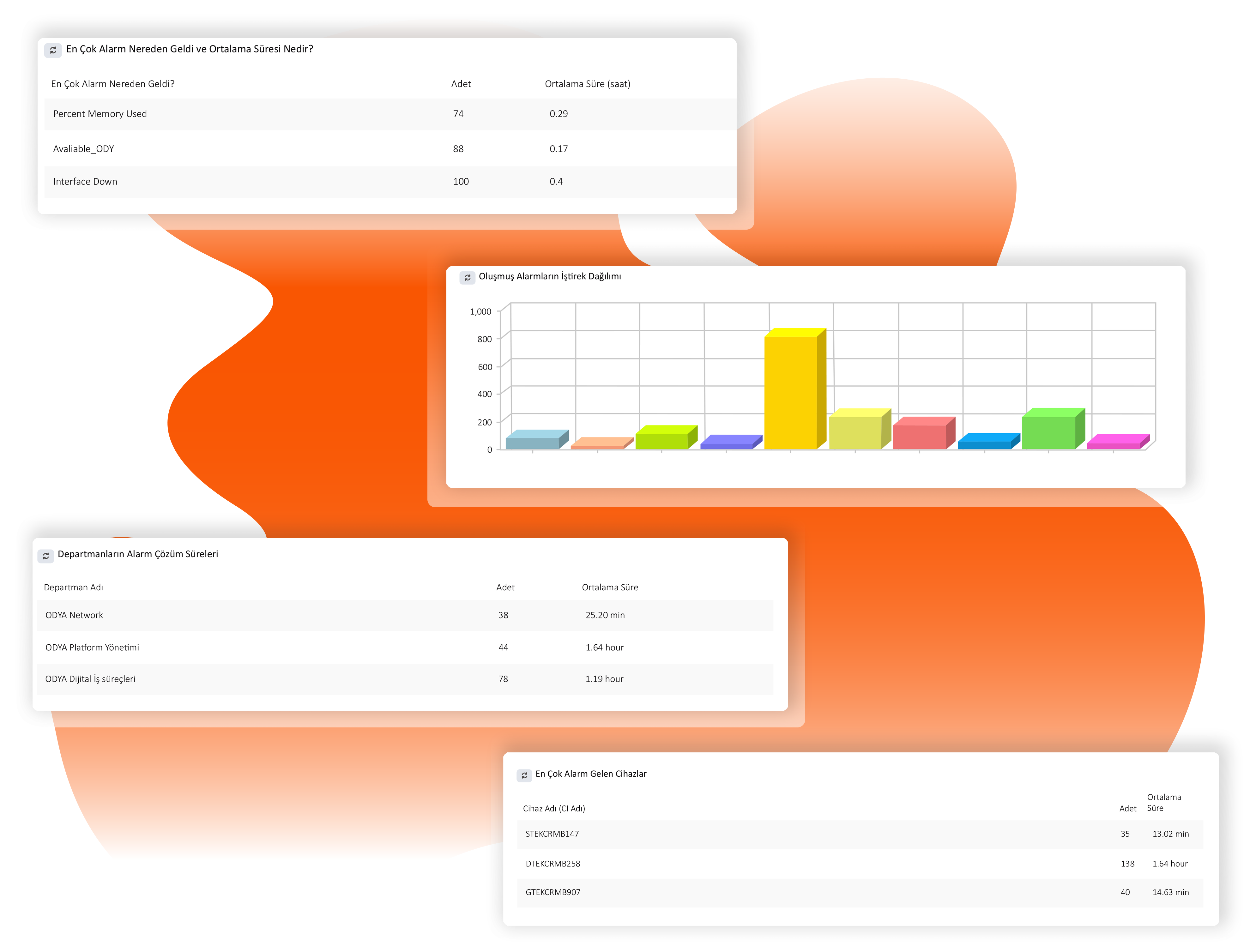







NOC Interface
Monitoring systems detect potential issues or anomalies at an early stage. This information is communicated to the NOC team through the ticketing system, allowing for proactive resolution of problems before they escalate. This approach minimizes service disruptions and maintains business continuity. Additionally, it generates meaningful reports on all monitored devices within the IT ecosystem, thanks to the cumulative insights it provides.




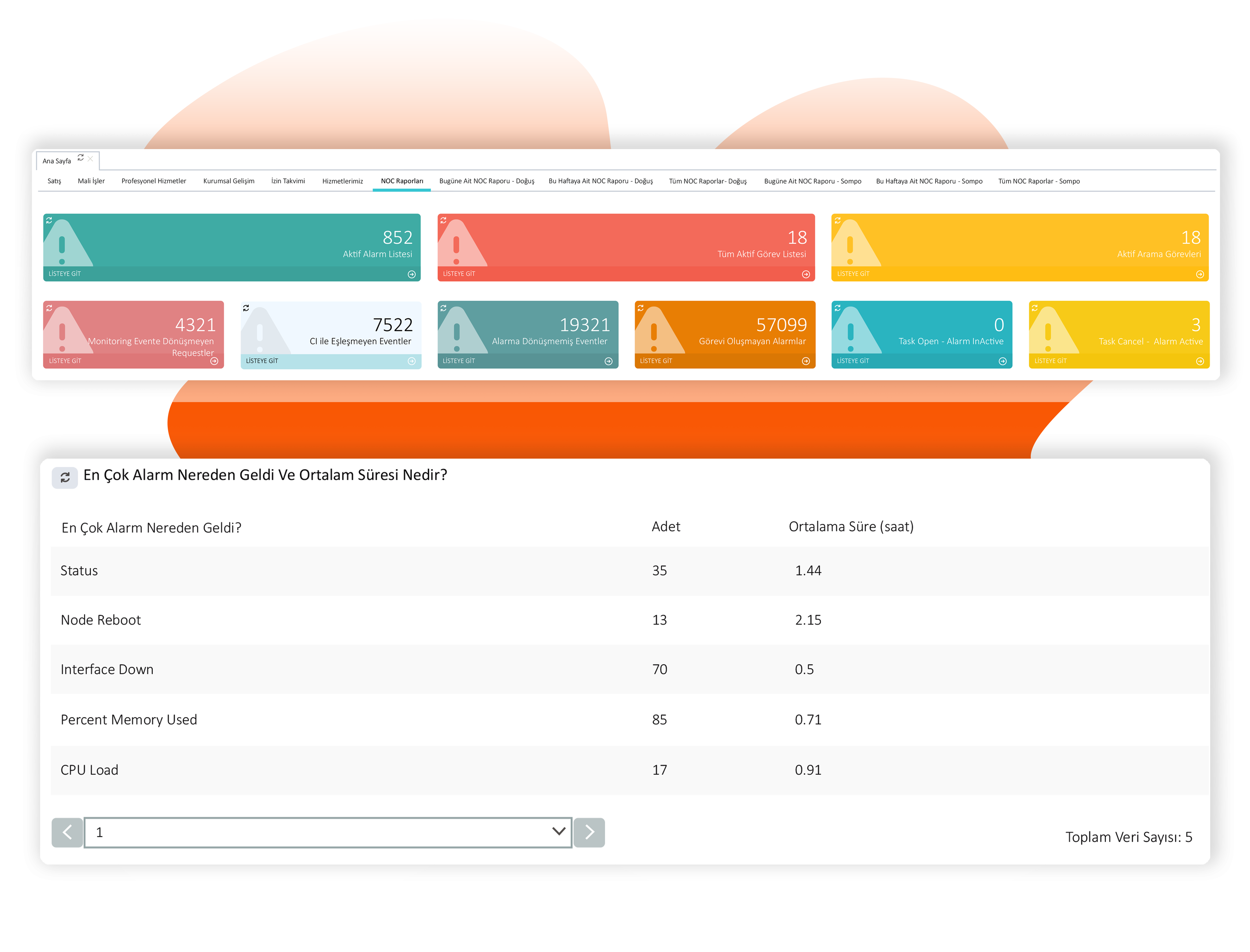

NOC Interface
With an integrated ITSM solution, obtain comprehensive reports on monitoring data, ticket status, and support requests. These reports enable your management team and departments to identify areas for improvement.
Alert Details
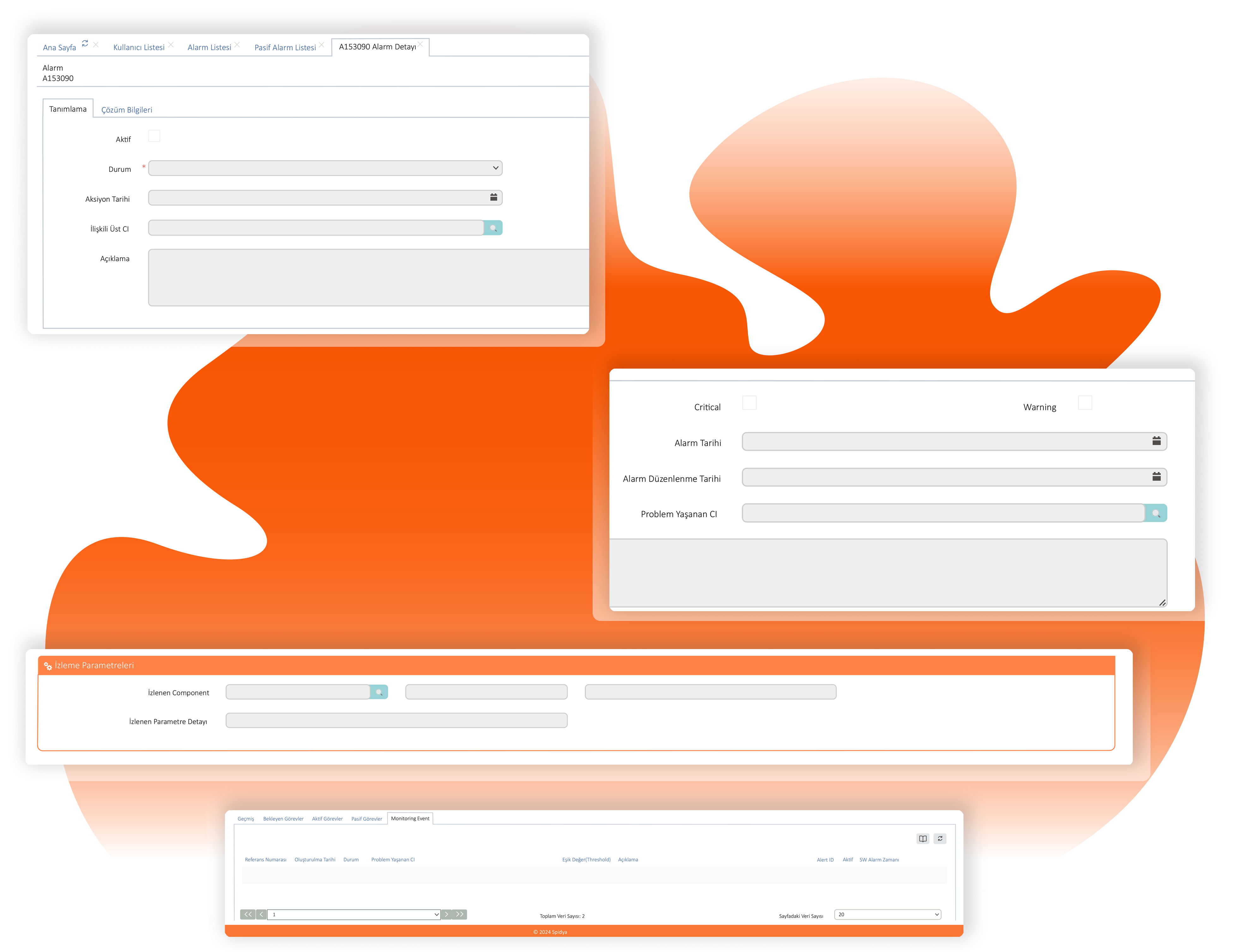







Alert Details




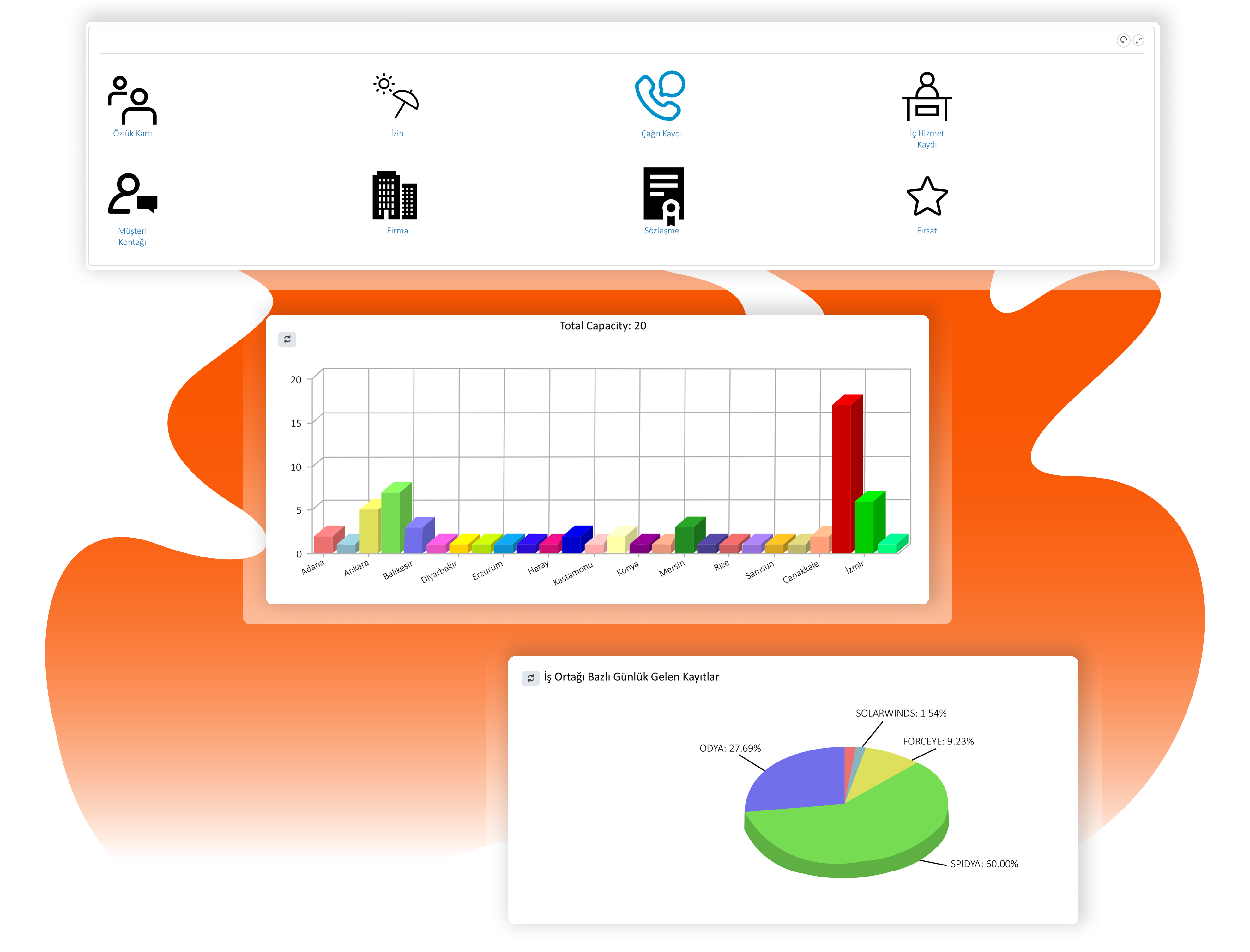

Call Log
Automatically record and monitor calls to systematically address user requests. Ensure that your service desk teams provide appropriate responses and solutions for each call, enhancing your service quality.
Call Reports
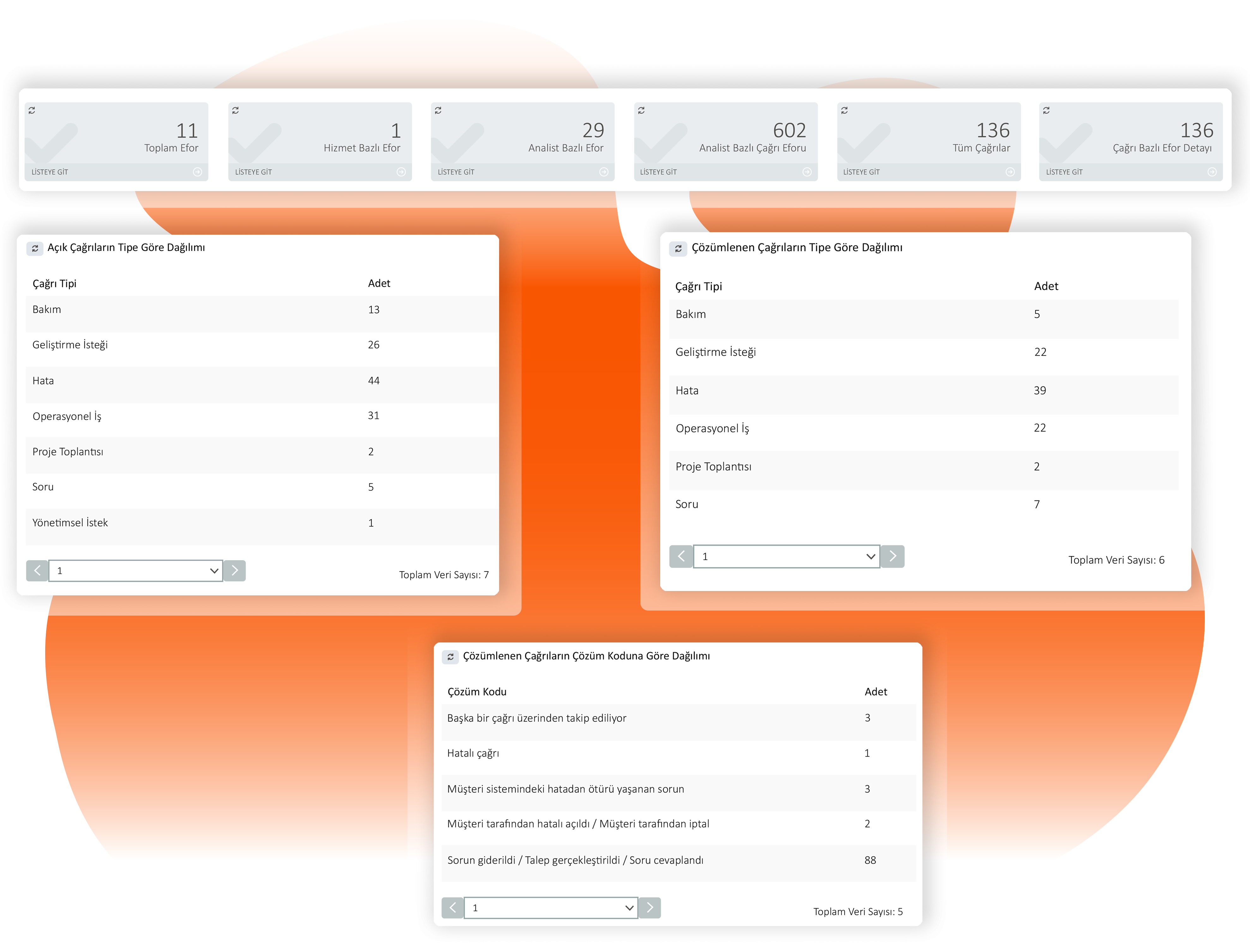







Call Reports
Evaluate the performance of your service desk teams by monitoring call resolution times, response times, and other performance indicators. Determine how well teams are meeting their targets and identify areas for improvement. Additionally, it shows the number, types, and frequency of calls. This data allows for the analysis of trends and seasonal variations over time, enabling the forecasting and planning of future demands.




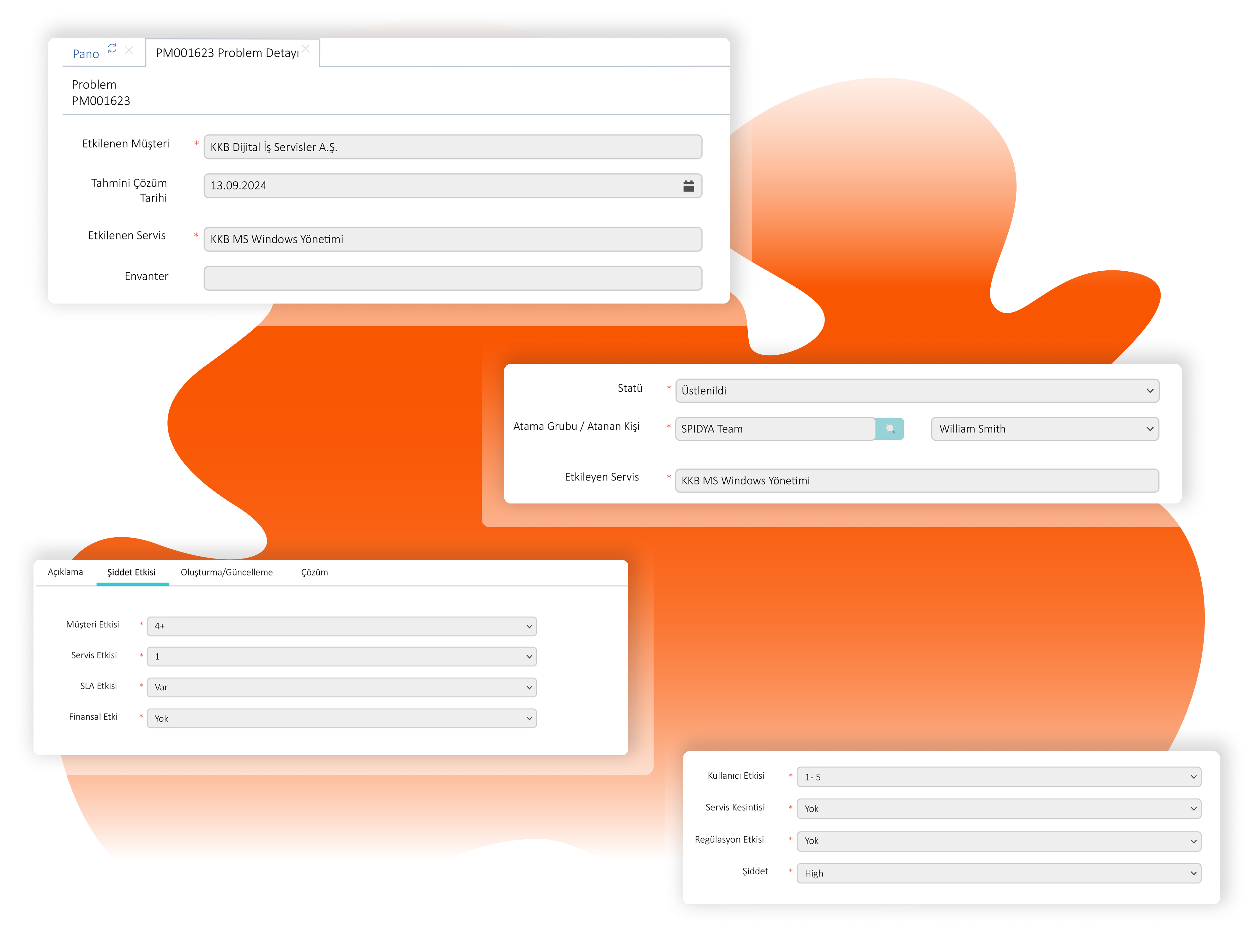

Problem Details
Service Request
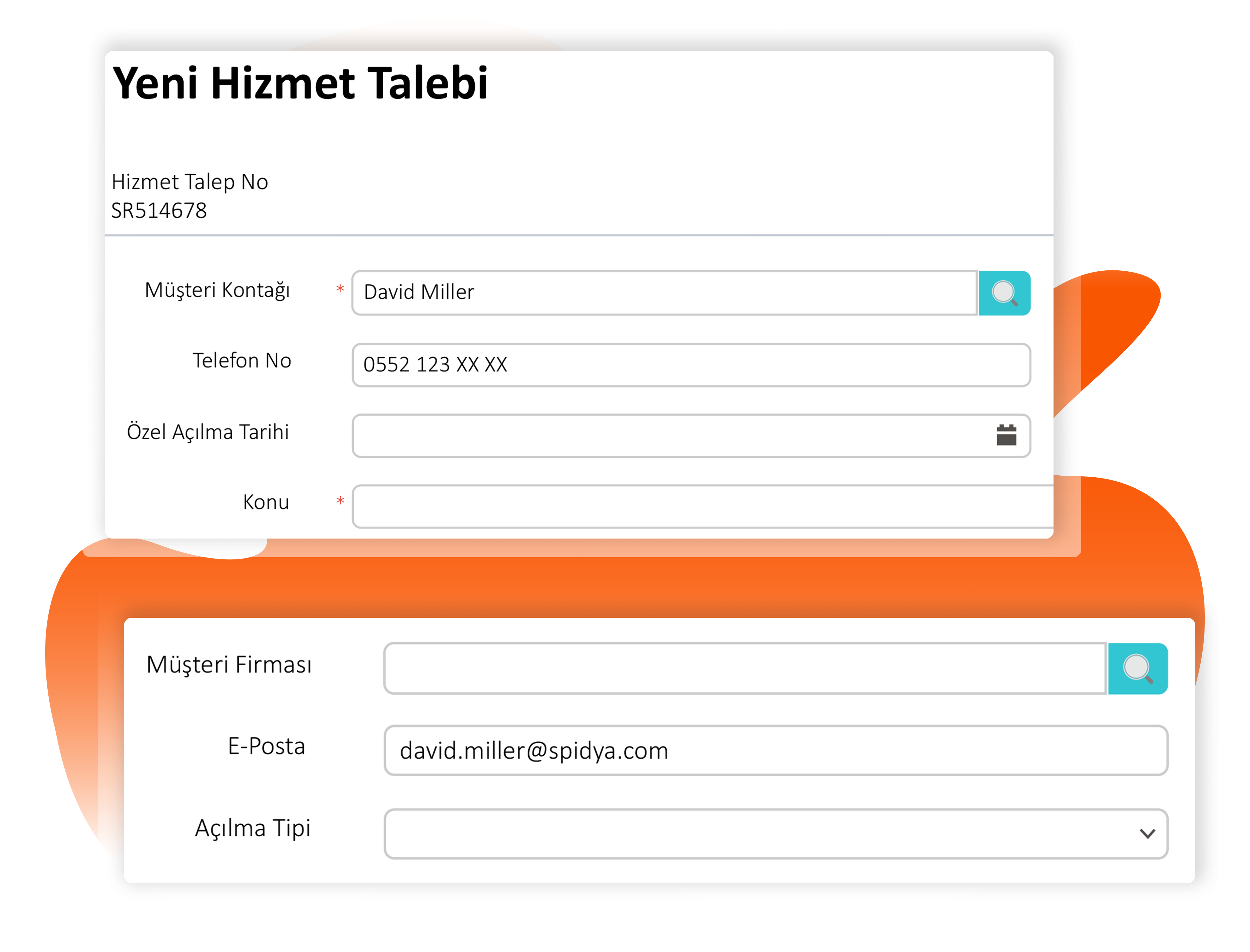







Service Request
The new service request process enables requests to be received and managed from a centralized point. Your requests are properly recorded, monitored, and responded to, ensuring that your users’ needs are addressed systematically.




Intelligent IT management establishes a solid foundation for a robust business.
The role of IT departments is to facilitate the business processes of the entire enterprise and power the technology that drives the business. IT teams must ensure that businesses have access to the best technology and automate workflows to support business operations everywhere at all times.
The primary advantage of IT Service Management is that it simplifies the work of the entire organization by improving IT efficiency.


Why is it crucial to choose the correct IT Service Management solution?
Your IT department is essential for powering the technology that drives your business. It plays a crucial role in streamlining business processes across the entire organization.
IT teams are responsible for supporting business operations everywhere and at all times by providing access to the best technology and automating workflows whenever possible.
This is where IT Service Management comes into play. By implementing the right IT Service Management solution, you can standardize and optimize the delivery and documentation of IT services, reduce costs by creating a predictable IT organization, and gain valuable insights to support business decision-making.












